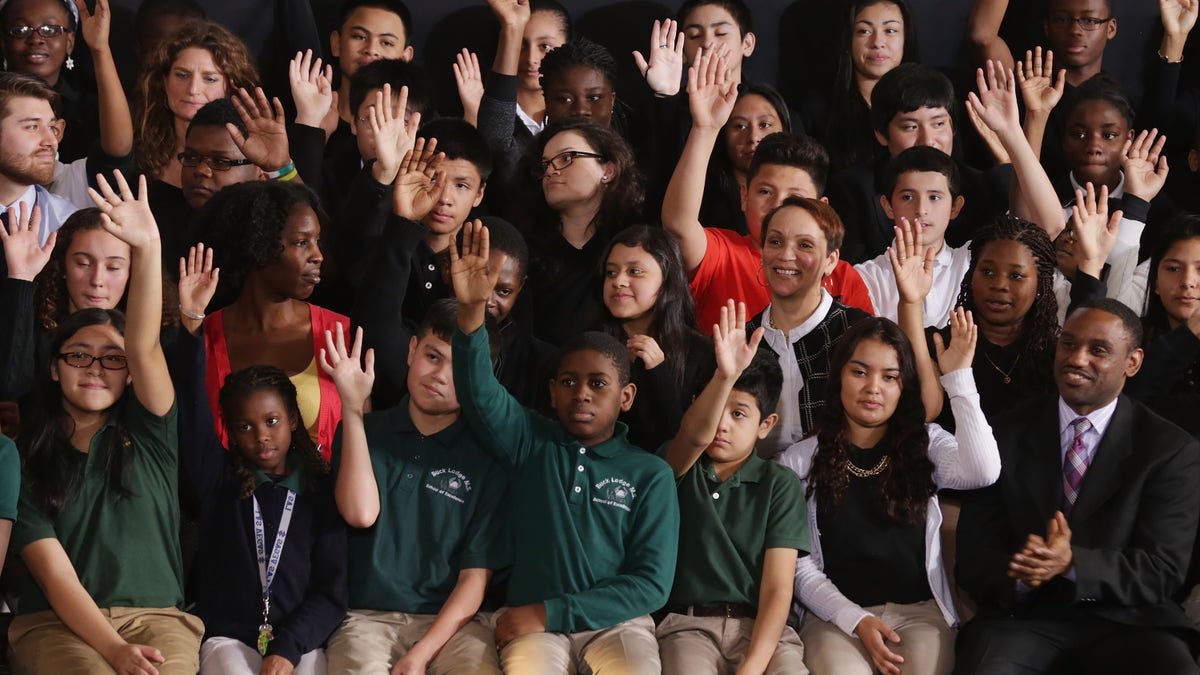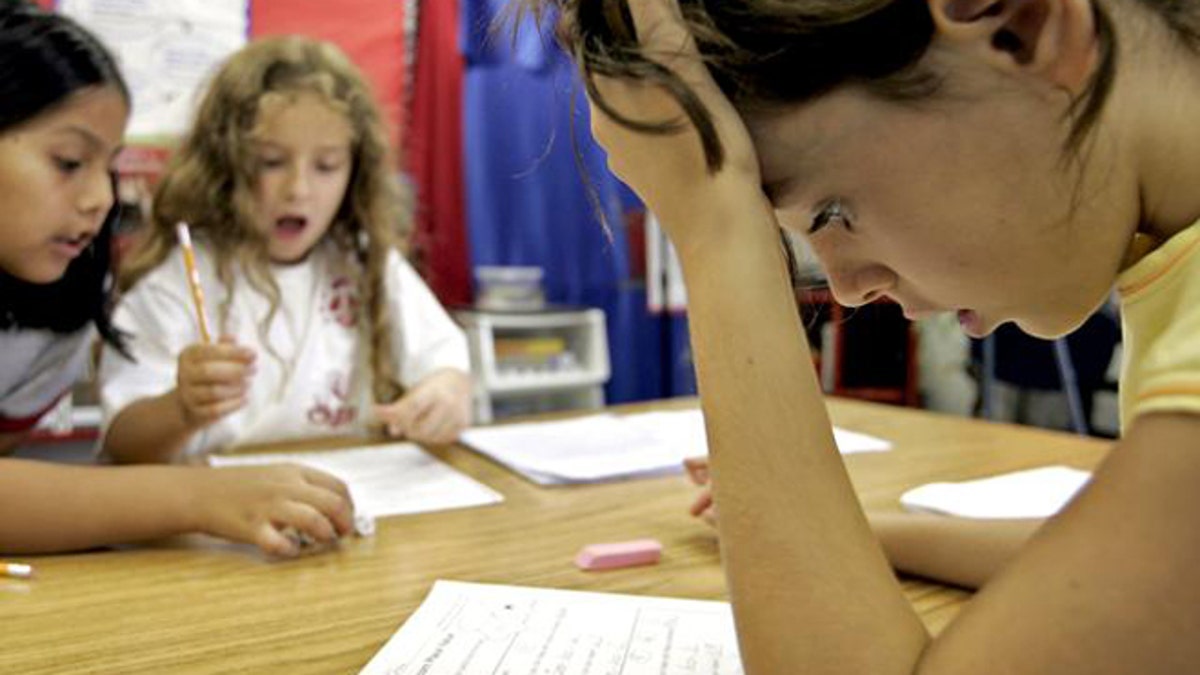For the last six decades, U.S. public schools have been hiring teachers and full-time non-teaching staff at rates that far outpace the increase in student enrollment. While the number of teachers increased two and a half times faster than student enrollment, the number of non-teaching employees rose more than seven times as much as the increase in students, according to a new report.
In the study published by EdChoice, a nonpartisan organization, economist Ben Scafidi found that since the 1950s there has been a disproportionate growth in the hiring of full-time staff employed in roles outside of teaching, including district and school administrators, teacher aides, bus drivers and cafeteria workers.
Using data submitted annually by the states to the U.S. Department of Education, Scafidi reports that between 1950 and 2015, public schools added full-time personnel, most of whom were not teachers, at a rate almost four times that of student enrollment growth.
“The data is pretty jarring. Over the last six decades, real increases in spending were diverted away from teacher salaries to the hiring of administrative and non-teaching staff and there was no measurable boost in student test scores,” says Scafidi, who first reported this trend in reports released in 2012 and 2013.
Scafidi tells Fox News in the 1950s and 1960s those increases were justifiable to adjust to desegregation of the schools and even in the early 1990s when more schools were opening their doors to special-needs students.

Students in Adelphi, Maryland, raise their hands when asked if they planned on going to college (Photo by Chip Somodevilla/Getty Images)
However, he says the unabated surge has come at a cost to taxpayers, teachers and students alike. Most importantly, the increased investment has not produced measurable increases in student test scores.
The slowdown in growth witnessed during the recession was short-lived as spending and hiring trends rebounded. From 1992 to 2015, public schools saw a 27 percent per-student increase in their funding, but teacher salaries stagnated.
By 2014 public schools were spending an average of $12,355 per student, in inflation-adjusted dollars, but public school teachers experienced a 2 percent decline in wages.
“If the increase in all other staff alone had matched student enrollment growth between 1992 and 2015, we could have realized almost $35 billion in annual recurring savings. That is $35 billion every single year from 1992 to 2015,” notes Scafidi.
If the increase in hiring of non-teaching staffers had matched student enrollment growth between 1992 and 2015, schools could have realized almost $35 billion in annual recurring savings. That is $35 billion every single year from 1992 to 2015.
He argues the savings could have been used to give every teacher in the nation a permanent $11,128 salary increase or it could have been used to provide $8,000 to approximately 4.36 million students so they could establish college savings accounts, or to pay for private school tuition.
The historic trend in hiring of administrative staff also was detailed in a 2014 study by the Fordham Institute, a Washington-based education think tank.

Third-grade student Georgia Allin, right, participates in a math exercise with classmates. (AP Photo/Charles Dharapak)
In its report, examining data from the National Center for Education Statistics, Fordham found that states with large urban populations had lower staff-to-student ratios (California, Texas, Florida, and Illinois), while states like New Hampshire and Maine had higher ratios.
The National Education Association and the American Federation of Teachers did not respond to requests for comment. However, the AFT did issue a rebuttal to a 2014 study by the Fordham Institute that found a similar surge.
"School support staff are an essential part of our public schools. They are the backbone of our system. To imply that we should thin their ranks is a direct threat to the public school students who rely on them,” Secretary Treasurer Loretta Johnson said in defending the hiring of “paraprofessionals.”
Among the states with the largest increases in non-teaching staff were Vermont, Maryland, Connecticut, Maine and New Mexico.
But things may be changing. After years of boosting the ranks of “all other staff,” New Mexico appears to be on the verge of reversing course.
A simmering battle between state and district officials boiled over in April when the New Mexico Public Education Department called the Albuquerque Public Schools a “bloated” organization and publicly released a list of the names and salaries of those APS employees who earned more than $100,000 a year.
According to the New Mexico Public Education Department, as many as 35 individuals together earned more than $4 million, compared to just 20 employees who made a total of $2.4 million in 2011 at a time when student enrollment dropped.

